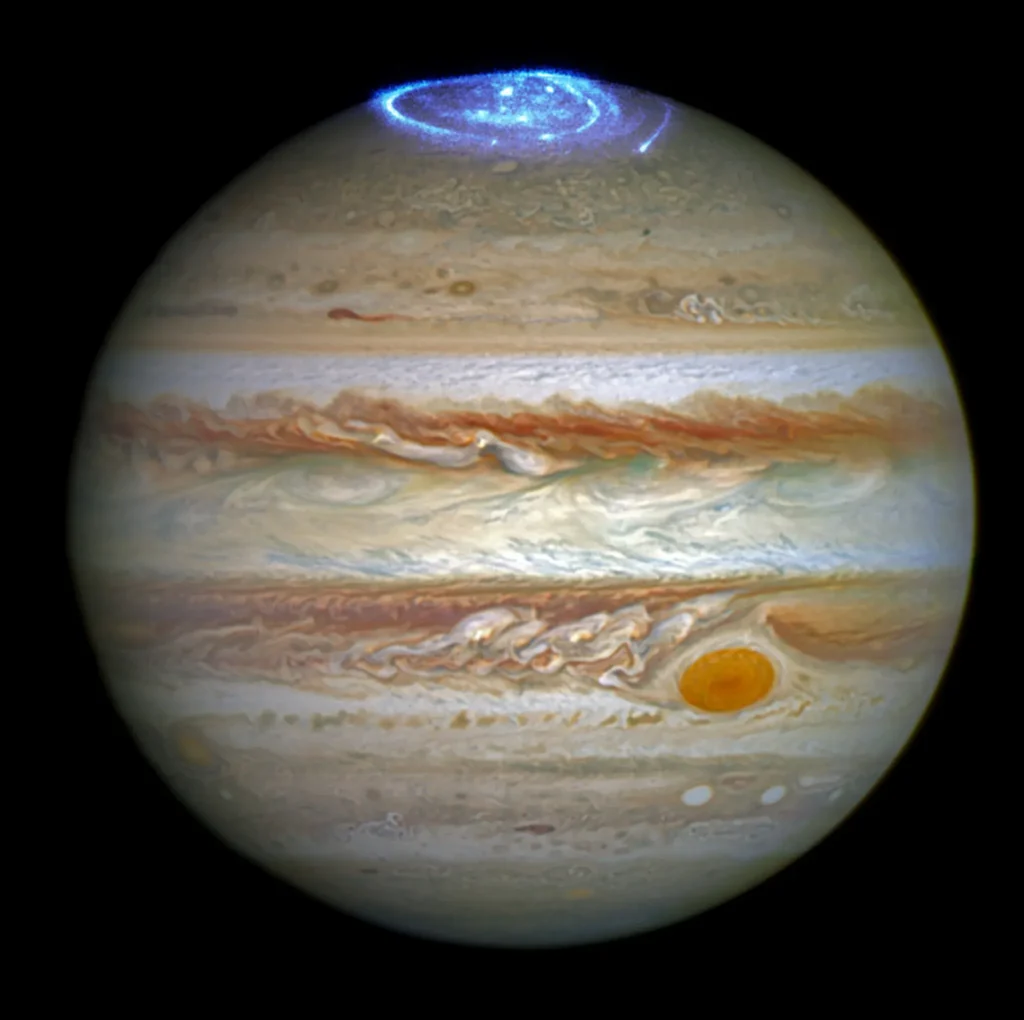A pair of astrophysicists from Princeton University and the SLAC National Accelerator Laboratory said about the possible detection of evidence of dark matter particles colliding with Jupiter. The findings were published in the journal Physical Review Letters.

Since dark matter was first proposed in the 1930s, it has been at the forefront of physics research, although it has failed to be directly detected. However, most experts in the field believe that it makes up about 70% to 80% of all matter in the Universe. Dark matter is believed to exist because it is the only explanation for the strange gravitational effects observed in the motion of galaxies and stars.
Scientists suggest that dark matter can be detected indirectly by detecting the heat or light emitted when dark matter particles collide and destroy each other. In the course of the study, they drew attention to something that they believe could be such an example. It is about the glow observed in the upper atmosphere of Jupiter on its night side. According to researchers, it is caused by the fact that dark matter particles are attracted to the gas giant under the influence of its strong gravity and collide with its ionosphere. There may be instances where they collide with each other and emit light.
To confirm their theory, the researchers examined archival data obtained by the Cassini probe’s visual and infrared mapping spectrometer. In order to minimize the effects of Jupiter’s polar lights, they concentrated on the equatorial region of the planet. The scientists were looking for traces of more trihydrogen (H3+) cations, molecules composed of three hydrogen nuclei and two electrons. The theory predicts that it is produced by dark matter particles after a collision.
As a result of analyzing the data, the researchers actually found traces of H3+.As a result of analyzing the data, the researchers actually found traces of H3+. But it is not yet clear whether the amount they measured was more than could have been produced by other processes. So they plan to continue their work, hoping to find evidence that the H3+ in Jupiter’s atmosphere originated from dark matter particle collisions.
According to Phys.org


